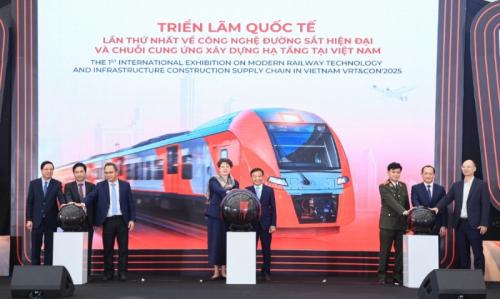Vietnam pledges support for semiconductor investors: PM
Prime Minister Pham Minh Chinh meets with a delegation from the Semiconductor Equipment and Materials International in Hanoi on November 6.
Vietnam will ensure macroeconomic stability and a supportive regulatory environment, pledging all possible support for investors to thrive, Prime Minister Pham Minh Chinh said while receiving a delegation from the Semiconductor Equipment and Materials International (SEMI) in Hanoi on November 6, the Vietnam News Agency has reported.
The meeting drew 32 executives from SEMI and its members that represent 3,700 companies across the global semiconductor supply chain.
PM Chinh proposed SEMI and global players to trust Vietnam’s investment climate and scale up investments, while proposing policies for mutual gains, a full semiconductor ecosystem, an R&D hub, and support to advance from testing and packaging into design, fabrication and manufacturing, plus training of quality engineers and integration of local firms into global semiconductor value chains.
Vietnam will continue improving its regulatory framework, developing modern and synchronous infrastructure, enhancing management capability and workforce quality, and streamlining administrative procedures, including establishing a national one-stop investment service portal, he said, adding that Vietnam aims for a domestic semiconductor ecosystem that supports efficient, long-term investment.
Dutch Ambassador to Vietnam Kees Van Baar, who is also chairman of the Southeast Asia Semiconductor Association, and representatives of international semiconductor companies said they were impressed with Vietnam’s recent socio-economic strides, especially its strategy for sci-tech and semiconductor industry, which align with global trends and SEMI’s directions. They also voiced confidence in Vietnam’s semiconductor development policies.
They pressed for sharper regulations, simpler administrative procedures, English-language one-stop investment services, SME supply-chain access, and infrastructure like clean energy and digital grids, along with coordinated value-chain growth spanning research, testing, manufacturing, packaging and artificial intelligence.
Source: Khánh Vân
Photo: VGP





